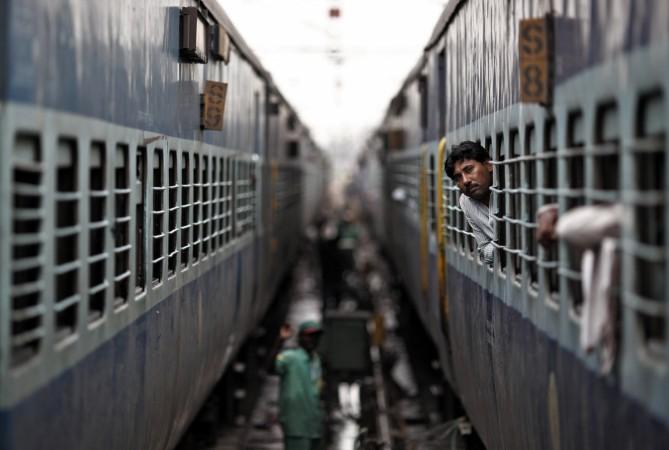
The Indian Railways spent Rs. 94,000 crore on capital expenditure in the financial year 2015-16, up 64.91 percent from the previous year when the state-owned rail transporter spent Rs. 57,000 crore. The increase marked a record high, according to the Economic Times.
The transporter has earmarked an even higher amount of Rs. 150,000 crore for capital expenditure this fiscal.
The Narendra Modi government has also apparently raised the gross budgetary support to Indian Railways to Rs. 60,000 crore, up Rs. 20,000 crore from the earlier amount committed, added ET.
While presenting the rail budget for 2016-17, Railway Minister Suresh Prabhu said that state-run life insurance firm Life Insurance Corporation of India (LIC) will be lending Rs. 150,000 crore to the railways over a five-year period "on favourable terms" to fund various projects.
Revenue growth at five-year low
From a revenue viewpoint, the railways posted the lowest growth in the last five years. In the previous four financial years, the ministry posted a growth of about 10-18 percent. However in comparison, the railways revenues increased 4.6 percent in fiscal 2015-16, Mint reports.
As can be seen from the graph, a major portion of revenues goes towards salaries and pension, leaving little for capital expenditure.
Indian Railways has taken measures to increase its revenues that include scrapping the half-ticket (concessional) fare for children in the age group of five to 12 years, starting from April 22.
Last week, the railways was under the scanner for alleged service tax evasion of about Rs. 300 crore. The central revenue authorities have asked the railways to share service tax details on some of the services offered by its 16 zones in the country.
[1 lakh = 100,000 | 1 crore = 10 million | 100 crore = 1 billion]








